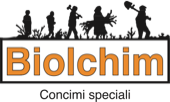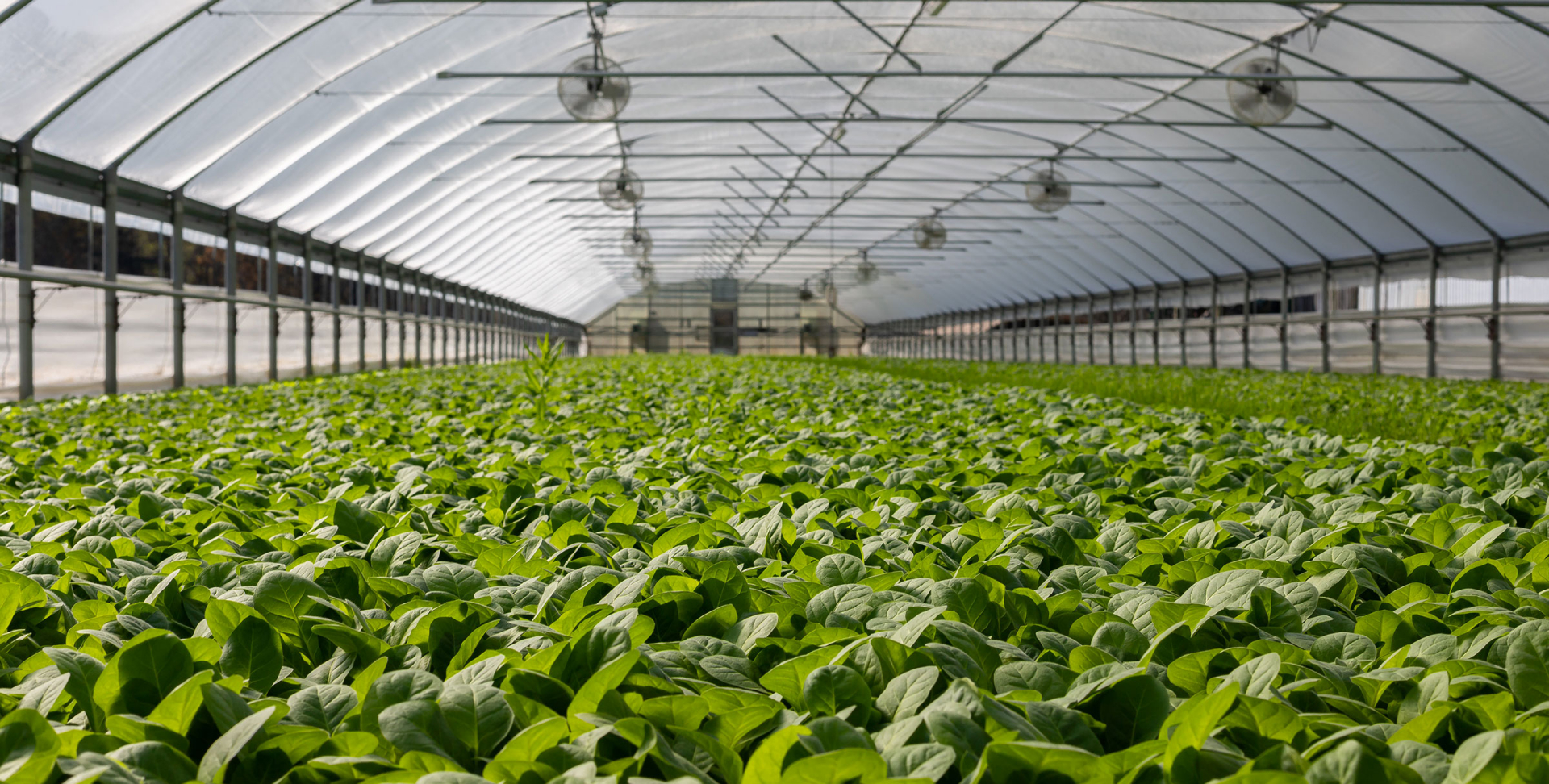Development problems? A proposal to have control over the plants
To have a satisfying, high-quality yield in herbaceous crops, plants need to develop a good structure and a strong root system
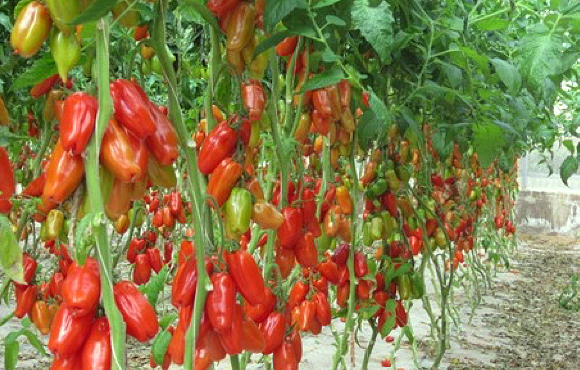
Supporting the development of crops with a targeted nutritional plan from the earliest stages allows growers to harvest earlier, ensure product continuity and profitability.
During the cycle, however, some factors can undermine the growth balance. These include: transplanting stress, root inefficiency and unfavourable environmental conditions.
TRANSPLANT
Transplant crops are transferred to a different environment which is usually less protected and with fluctuating climate.
In this condition, especially if there be a temperature fluctuation or wind or water scarcity, plant stress is inevitable. The high temperatures, typical of the summer period, induce plants to increase their transpiration rate which leads to high water consumption. At this stage, the water requirement may not be quickly met by the young roots, which are not yet well developed and branched. As a result, development stops and sometimes seedlings even die.
An irregular vegetative development affects the entire cycle, but above all it affects the setting of the first flowers which become the first fruits of the season that are the most profitable in terms of price.
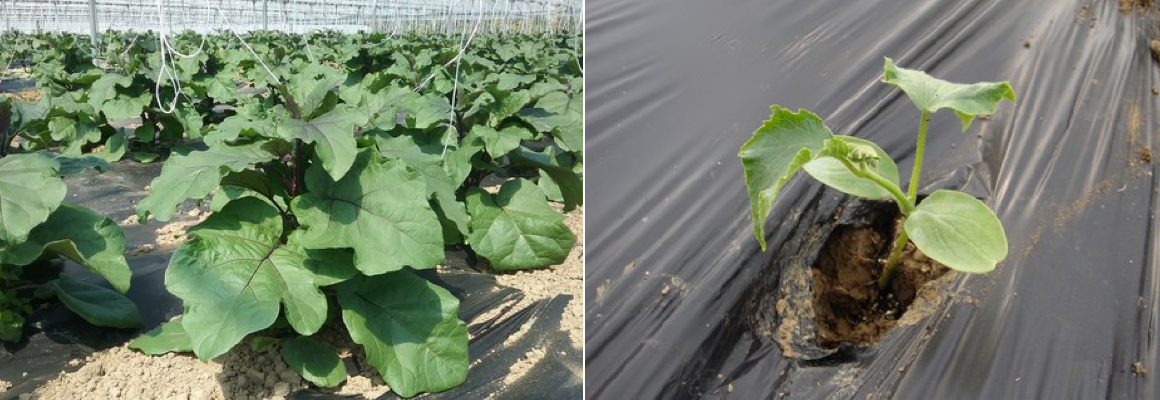
VEGETATIVE GROWTH
Balance and a good structural growth of the plant are fundamental to guarantee adequate and uniform flowering, proper fruit setting and high-quality yield.
Due to environmental impact, stress and nutritional imbalances, irregular development of seedlings is common. Typically, seedlings show long internodes, thin stems, narrow and tender leaves or not well- developed root system which is not able to support the growth of the aerial part.
This imbalanced growth affects production, cause frequent flower abortions, an increase in waste and difficulties in achieving the expected quality standards which all lead to a decrease in crop profitability.
PRODUCTION
The average size of the harvested fruits is one of the core parameters that define the profitability of the crop. To achieve large fruits, having active plant metabolism and well-developed vascularization system in the tissues is necessary. Root efficiency plays a primary role: an undeveloped and poor root system cause more difficulties in absorbing the nutrition and water, necessary to support the fruit growth.
HOW TO OPTIMIZE DEVELOPMENT AT EVERY STAGE
Biostimulants, now widely used in agriculture, offer the possibility of improving crop growth at each stage. One of the formulations available on the market is NOV@, a biopromoter of plant growth and enlargement of fruits. NOV@, an essential solution for thousands of farmers, is applied in fertigation with the aim of:
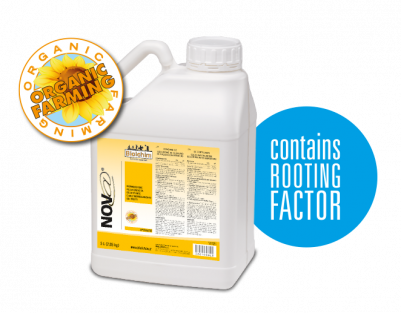
favouring a rapid rooting of seedlings in post-transplanting;
- promoting a balanced plant growth;
- properly preparing for flowering;
- favouring fruit setting and fruit growth;
- its formulation makes it applicable also in organic farming.
Farmers who use it notice in a short time that the plant begins to develop shorter internodes (signal of equilibrium), it increases leaf surface and produces thicker and more consistent tissues. Its effects on production are also quickly appreciable: it provides greater flowering, better fruit set and the achievement of larger and more uniform final size.
HOW IT IS APPLIED
In horticulture and strawberry cultivation, NOV@ is applied over the entire crop cycle. The key phases are those of post-transplant, pre-flowering, fruit setting and fruit enlargement.
NOV@ is ideal for use in combination with formulations of the GREEN-GO line (microcrystalline NPK + Ca fertigation products with high solubility and purity) and micronutrients.



